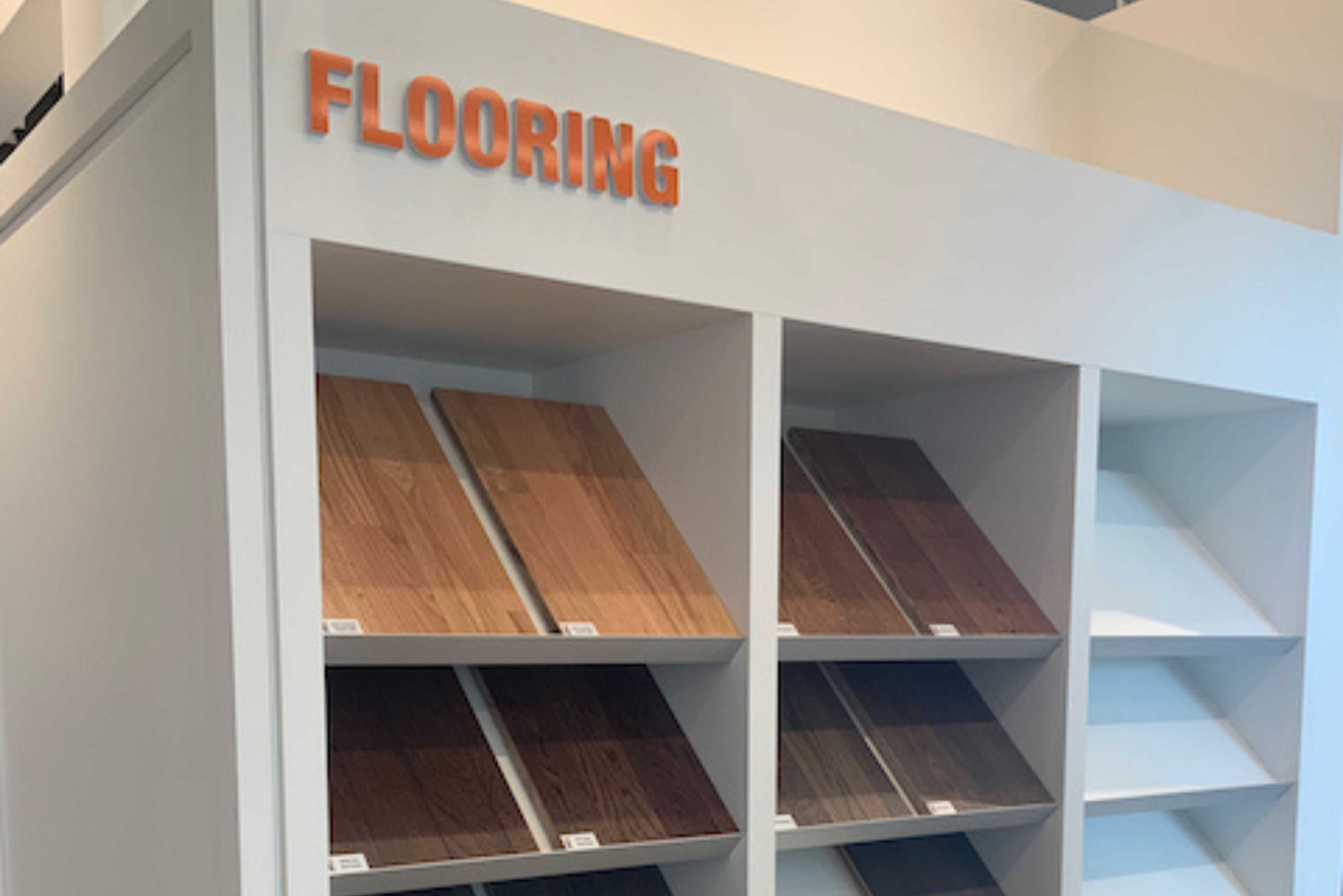Today I’m talking about living in place, which is a growing trend in home design and interior design.
According to Statistics Canada, more than one in six Canadians are now at least 65 years old, and more than half of us were born in the “Baby Boom” period spanning from 1946 to 1965. With the sheer number of Boomers heading into retirement age, designing for living in place functionality just makes sense.
Other details driving the trend include multigenerational housing, the prevalence of people with health conditions, and the growing popularity of universal design. Boomers are redefining what it means to live well and to age well, and so designing for living in place today looks a lot different than you might imagine.
Touchless faucet (KWC ONO Touch Light Pro) image via KWC America, walk-in tub (Kohler’s Elegance Rising Wall bath) image via Kohler, dual-purpose grab bars image via Moen.
Interior design and construction professionals use the term “living in place” to refer to the idea of living our best lives in the homes we love, even as we age. It’s all about design that is safe, comfortable and accessible while also remaining stylish.
Designing for living in place is the same as universal design in a lot of ways. According to the Centre for Excellence in Universal Design (CEUD), universal design is “the design and composition of an environment so that it can be accessed, understood and used to the greatest extent possible by all people regardless of their age, size, ability or disability.” The CEUD goes on to say that, “An environment (or any building, product, or service in that environment) should be designed to meet the needs of all people who wish to use it. This is not a special requirement, for the benefit of only a minority of the population. It is a fundamental condition of good design. If an environment is accessible, usable, convenient and a pleasure to use, everyone benefits. By considering the diverse needs and abilities of all throughout the design process, universal design creates products, services and environments that meet peoples’ needs. Simply put, universal design is good design.”
I love this! It makes a lot of sense. Designing for living in place = universal design = good design.
Here are some living in place considerations to include in your design:
✨ Walk-in tubs
✨ Seated shower pans
✨ Hand-held shower heads
✨ Zero-threshold, roll-in showers
✨ Fewer reflective surfaces to reduce glare
✨ Dual-purpose grab bars built into toilet tissue holders, towel bars and corner shelves in the bath/shower
✨ Touchless faucets
✨ Chair-height toilets
✨ Wall-hung sinks and toilets
✨ Task lighting (soothing light under bath cabinets, kitchen cabinets, in drawers and even in the toilet seat)
✨ Ergonomic (rocker) light switches and light switches installed lower
✨ Lever door handles
✨ Open floor plans that allow greater accessibility for wheelchairs
✨ Widened hallways and doorways and exterior ramps to allow for easier access of walkers and wheelchairs
✨ No-step entries or handrails on steps
✨ Lower islands with clearance below for wheelchair
✨ Drawers (vs. cupboards) for easy accessibility
✨ Single-floor living
✨ Lighting stairs for safety
The great thing about these design features is that a lot of them also appeal to younger people (who could say no to a touchless faucet?). And, also importantly, they’re being better and better designed so they look great, too. If these features can be stylish and functional, there’s no reason to wait until you need them. It makes sense to be proactive and to put them in homes for even younger residents.





